My Trip to the Island of Corfu, Greece
The island of Corfu in Greece is more than just a stunning Mediterranean getaway; it's a place steeped in history, culture, and a unique aesthetic that has captivated artists for centuries. My recent trip to Corfu was not simply a vacation but a deeply immersive experience in capturing the essence of the island through black-and-white photography. This journey was a part of my ongoing project, Caryatis, which aims to preserve and celebrate traditional women’s attires from various regions of Greece.
The local Lyceum Club of Greek Women was instrumental in bringing this vision to life, assisting me in photographing three distinct traditional costumes representing Northern, Central, and Southern Corfu. Eight local women acted as models, embodying the spirit of Corfu in their traditional garments as we explored the island together. My stay was made even more special by the hospitality of one of my photography students from Corfu, who offered her a beautiful home overlooking the sea and the iconic Old Fortress as my base of operations.
Central Corfu
At the village of Danilia (formerly known as Mpoua)
Danilia is a charming village in Central Corfu that transports visitors back in time. The village was meticulously rebuilt to preserve the traditional architecture and atmosphere of a typical Corfiot village. It's no surprise that this picturesque setting has served as the backdrop for numerous films and shows, including The Durrells, My Big Fat Greek Wedding, and For Your Eyes Only (1981) from the James Bond film series. The authenticity and charm of Danilia made it an ideal location to start my photographic journey.
The narrow, cobblestone streets of Danilia, lined with quaint houses and flowers, provided the perfect setting for capturing the traditional costumes of Central Corfu. The three women, dressed in the distinct garments of the region, posed against the rustic backdrops. Each click of the camera sought to encapsulate the cultural significance of their attire.
One of the highlights of this shoot was our visit to the Folklore Museum within the village. The museum, a treasure trove of Corfiot history, offered a rich context to the costumes we were photographing. The juxtaposition of the living tradition of these garments against the preserved artefacts of the past added depth to the images, making each shot a narrative of continuity between the old and the new.
At the Old Fortress
Our next stop was the Old Fortress in the town of Corfu, a structure that has stood sentinel over the island for centuries. This archaeological site, with its thick stone walls and breathtaking views of the Ionian Sea, is a place where history lingers in every corner. Professional photography within the Fortress requires a special permit, which I obtained after a meticulous application process. This permit allowed us to explore the Fortress with my lens, transforming it into a stage for our portrait session.
Inside the Fortress, we found the Church of St. George, a unique structure that stood out due to its resemblance to a Doric temple—an unusual architectural choice for a Greek Orthodox church. Built in 1840 during the English Protection period, the church originally served the British soldiers stationed on the island. Its transformation into an Orthodox church after Corfu’s union with Greece added layers of cultural and historical significance to the building.
The church's geometric lines and imposing columns provided an excellent framework for my compositions. The contrast between the stark, linear architecture and the flowing, intricate details of the traditional costumes created a dynamic visual interplay. As I photographed the women in front of the church, I was struck by how the setting seemed to echo the balance between the rigid and the fluid—a theme that resonates deeply in black-and-white photography.
Northern Corfu
Palaea Perithea
Palaea Perithea, Corfu’s oldest village, was the chosen backdrop for showcasing the traditional costumes of Northern Corfu. Tucked away in the mountains, this ancient village was historically built to remain hidden from marauding pirates, which gives it an air of mystery and seclusion. The journey to Palaea Perithea was long and winding, the road narrow and challenging, but the destination was more than worth the effort.
As we entered the village, I was immediately struck by its haunting beauty. The stone houses, many of them abandoned and in various states of decay, seemed frozen in time. It was as if the village itself was a living museum, preserving the past in its silent streets and empty windows. This setting was ideal for the photographic exploration of Northern Corfu's traditional attire.
We began our shoot in front of some of the old, abandoned houses, their weathered facades providing a textured background that highlighted the intricate embroidery and details of the costumes. The models stood amidst the ruins, their presence bringing a sense of life and continuity to the otherwise still and silent surroundings. The interplay of light and shadow in this village, where the sun filters through the narrow alleys and overgrown vines, added a dramatic quality to the photographs.
In addition to the village streets, we also explored a nearby field, its open expanse offering a different kind of backdrop. The contrast between the untamed nature of the field and the structured elegance of the costumes created images that spoke of the relationship between humanity and the land—a connection that is deeply rooted in Greek culture.
At an Old, Abandoned House
The Lyceum Club of Greek Women had one more suggestion for our Northern Corfu shoot—a visit to an old, abandoned house standing alone in the countryside. The drive to this location took us down a dirt road, further away from civilization and deeper into the wild beauty of Corfu. When we finally arrived, the sight of the house—isolated, silent, and surrounded by overgrown vegetation—was both eerie and captivating.
This house, with its crumbling walls and empty windows, seemed like a place where time had stopped. It was a setting that evoked a sense of nostalgia and melancholy, perfect for the kind of black-and-white photography that Caryatis seeks to create. The models, dressed in the traditional costumes of Northern Corfu, brought a sense of life and vibrancy to this forgotten place.
We spent several hours at the house, exploring different angles and compositions. The textures of the old stone and the contrast between the vibrant costumes and the muted tones of the surroundings all contributed to a series of photographs that are both haunting and beautiful. This location, more than any other, captured the essence of Corfu’s northern region—a place where the past lingers in the present, and history is written in every stone.
Southern Corfu
At the Village of Korakades
My exploration of Southern Corfu led me to the village of Korakades, a place I discovered quite by accident during a day of driving through the island’s southern countryside. The moment I arrived in Korakades, I knew I had found the perfect location for the final segment of my project. The village, with its traditional houses and tranquil streets, seemed almost untouched by time.
I immediately contacted the women from the Lyceum Club and asked them to join me in Korakades for our next shoot. As we walked through the village, I was struck by the simplicity and charm of the place. The narrow streets, lined with old houses and shaded by trees, provided a perfect backdrop for our portraits. The traditional costumes of Southern Corfu, with their vibrancy and elaborate designs, stood out against the muted tones of the village, creating a striking visual contrast.
One of the most interesting locations we found in Korakades was an abandoned house that had been left open. The house, though in disrepair, still held traces of its former life—faded wallpaper, old furniture, and even a few personal items left behind. This sense of abandonment and decay added a layer of poignancy to the photographs as if the costumes were the last remnants of a bygone era, still clinging to life amidst the ruins.
An Unexpected Encounter
As our shoot in Korakades was coming to an end, I felt that something was still missing. I needed one more element to complete the story of Southern Corfu. That’s when fate intervened. While walking through the village, I noticed an old man busy with his chores outside a charming old house. The house, with its well-kept garden and traditional architecture, looked like it had been preserved from another time.
I approached the man, curious to see if he would allow us to photograph his house. He was friendly and welcoming, and after a brief conversation, he invited us inside. The interior of the house was just as charming as the exterior—filled with old furniture, and a sense of warmth that only comes from years of lived experience. It was a place where history and tradition were still very much alive.
We seized the opportunity to take photographs inside the house, capturing the contrast between the traditional costumes and the lived-in, everyday environment of the home. The old man even agreed to be part of the shoot, adding an authentic touch to the series. His presence in the photographs, along with the traditional costumes, told a story of continuity—of how the past lives on in the present, and how tradition is passed down through generations.
Conclusion
My trip to Corfu was not just a photographic expedition but a journey through time, tradition, and culture. This island, with its rich history and breathtaking landscapes, provided the perfect backdrop for Caryatis, allowing me to capture the essence of Corfu through the lens of black-and-white photography. From the meticulously preserved village of Danilia in Central Corfu to the ancient ruins of Palaea Perithea in the north and the unexpected charm of Korakades in the south, every location offered a unique glimpse into the island’s soul.
Corfu is a place where the past is still very much alive, where tradition is not just remembered but celebrated. It’s an island that captivates the senses and inspires the soul, making it an ideal destination for any photographer. Beyond the beauty of the landscape and architecture, it’s the people of Corfu—their warmth, hospitality, and pride in their heritage—that truly make this island special.
For those who love history, culture, and photography, Corfu is a destination that should not be missed. Whether you’re a professional photographer, an amateur with a passion for capturing beauty, or simply someone who appreciates the finer things in life, Corfu offers endless opportunities to explore, discover, and create.
Purchase a Print
If you’ve been captivated by the images and stories from my journey through Corfu, you can bring a piece of this beautiful island into your home. Purchase a print from my Caryatis project and install it in your space. Each print is a testament to the rich cultural heritage of Corfu and a tribute to the island’s timeless beauty. By purchasing a print, you’ll not only be enhancing your living space with art that tells a story but also supporting my ongoing ethnographic projects, which aim to preserve and celebrate the traditions that make our world so unique.
Love xx



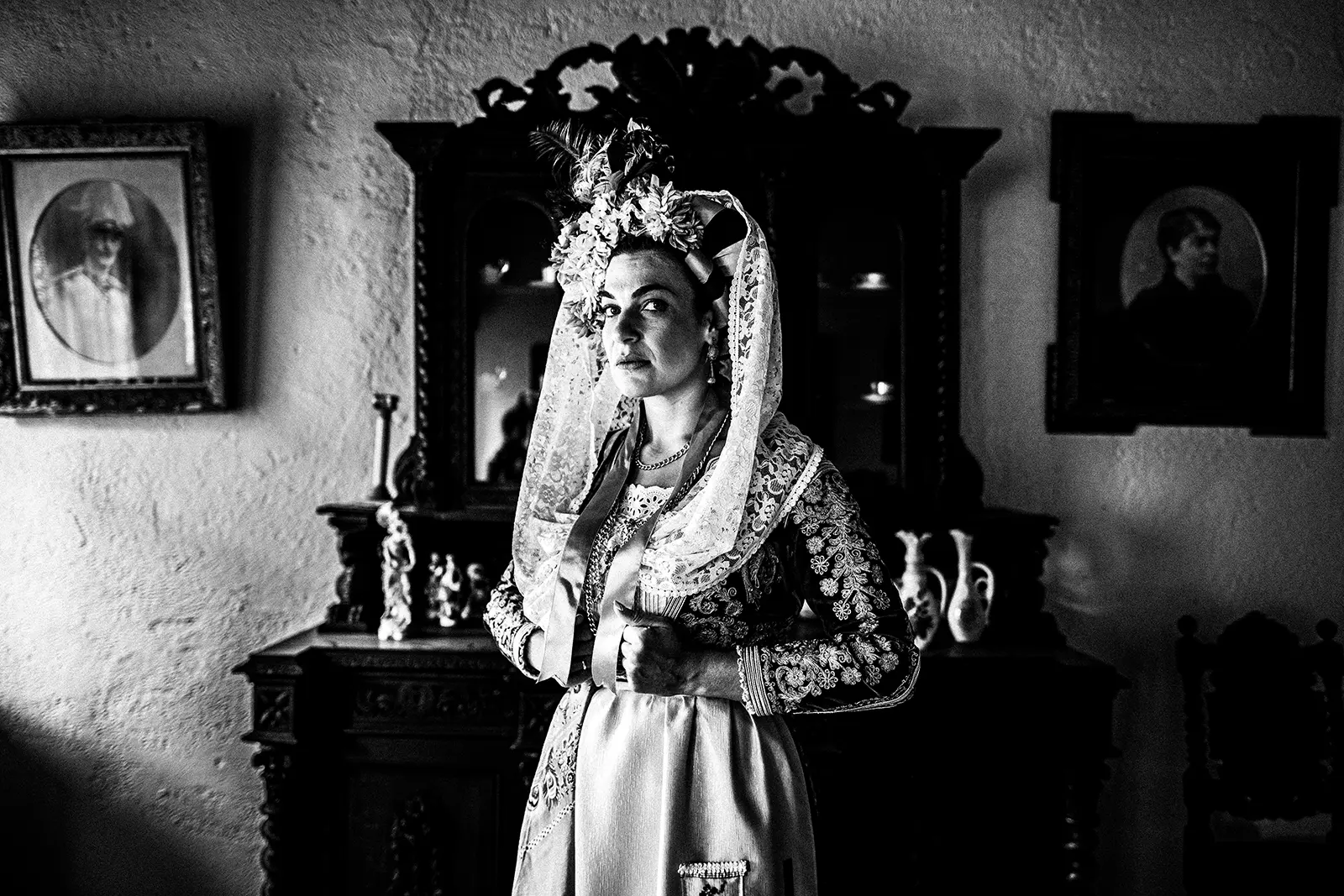

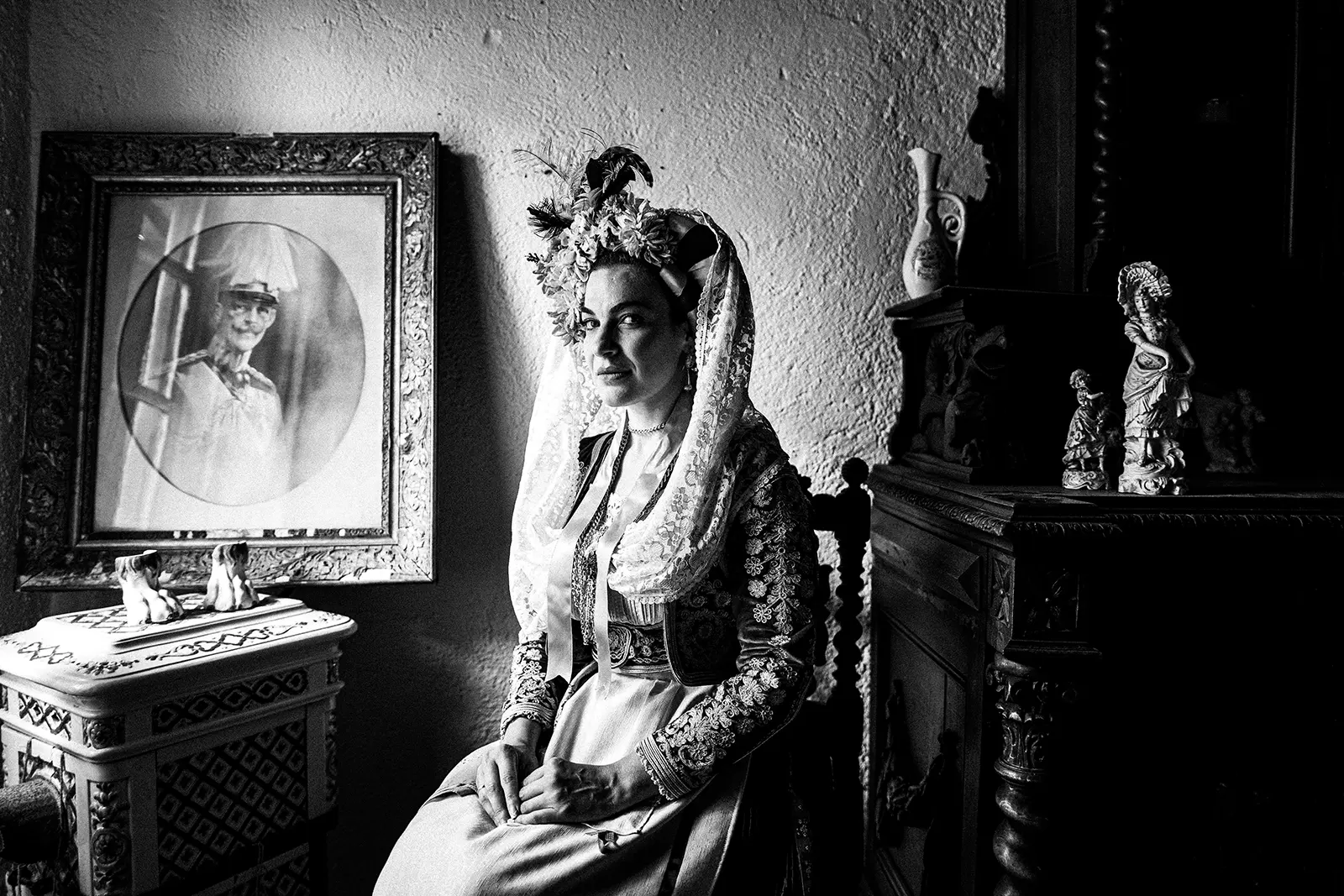




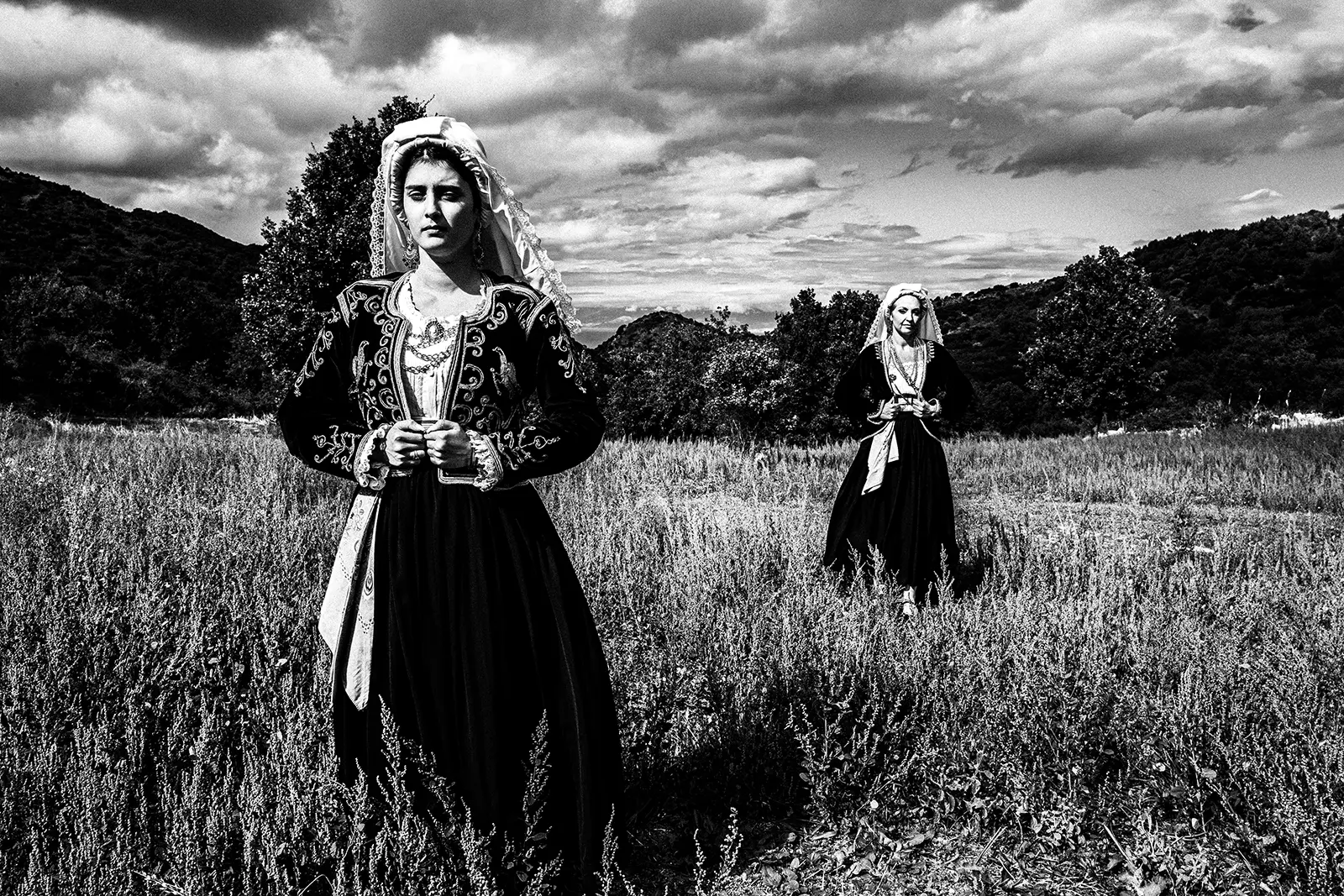
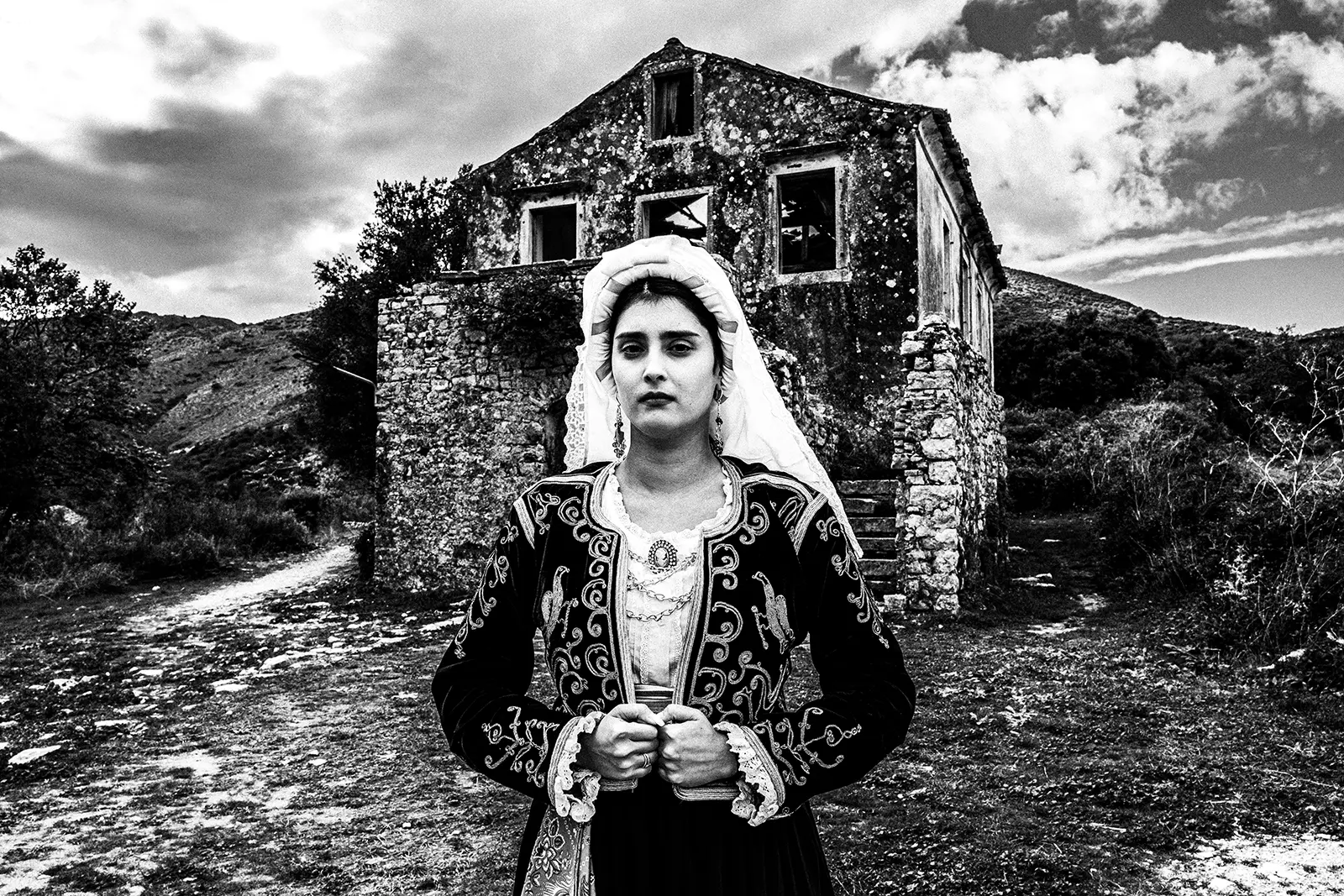



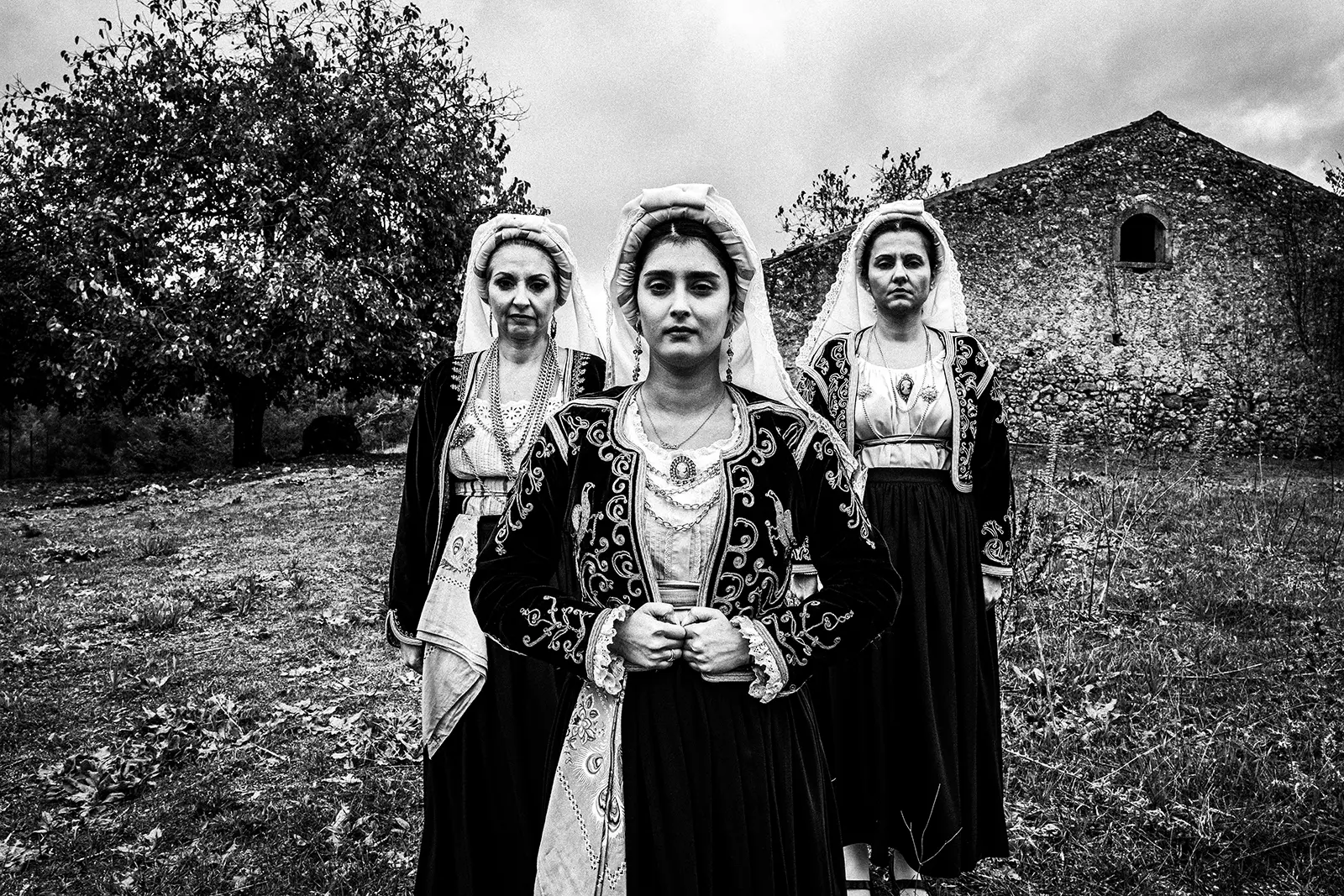


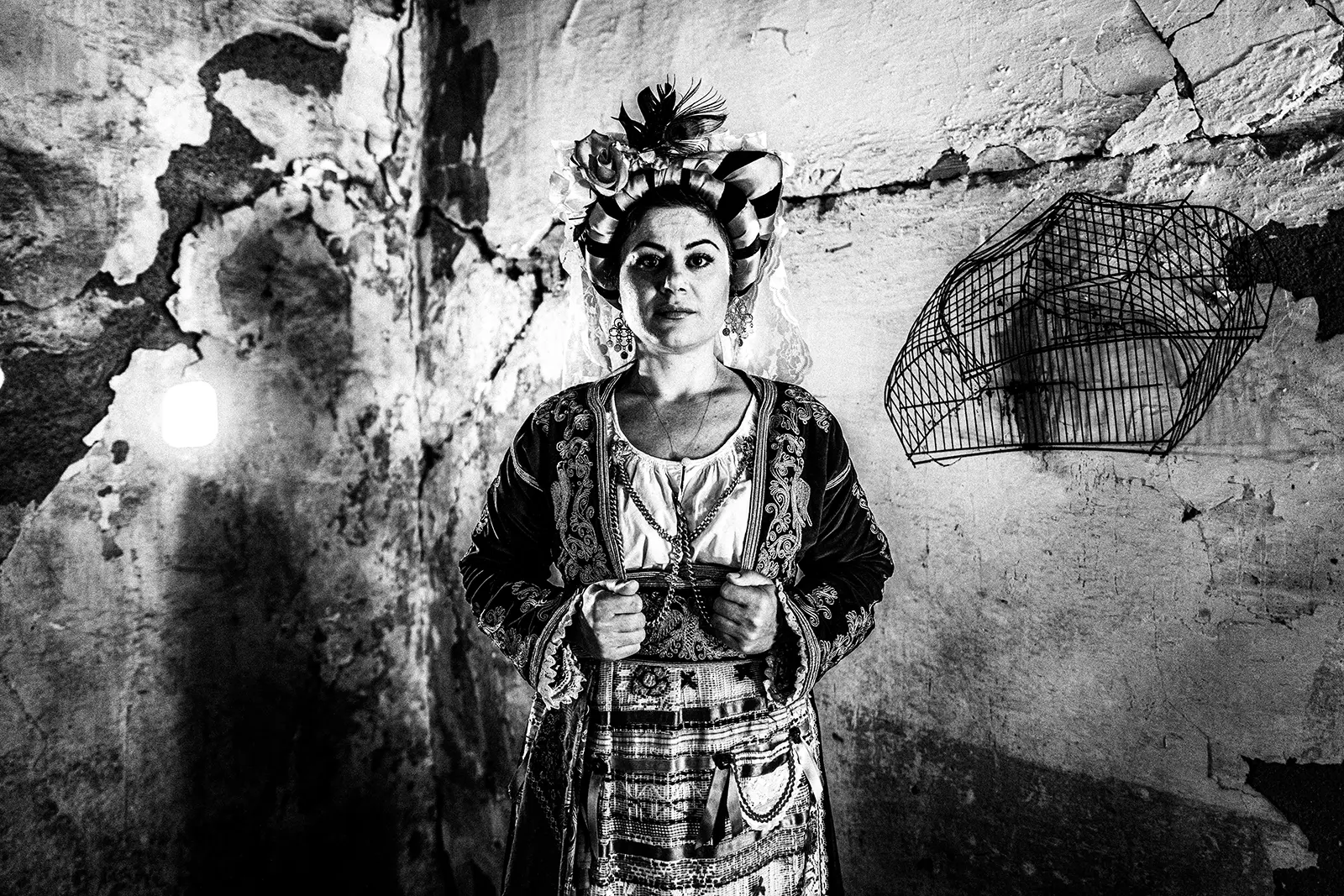
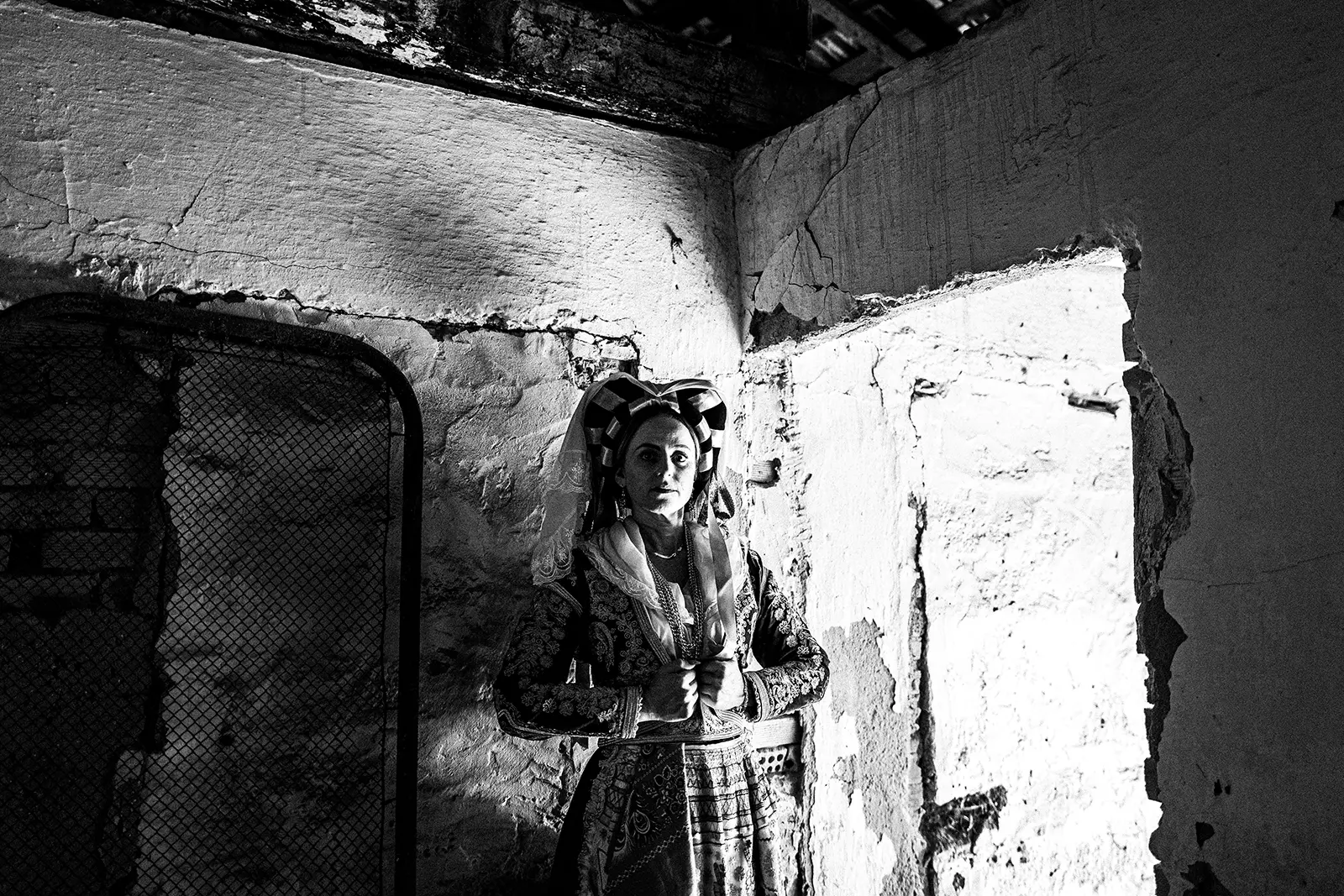
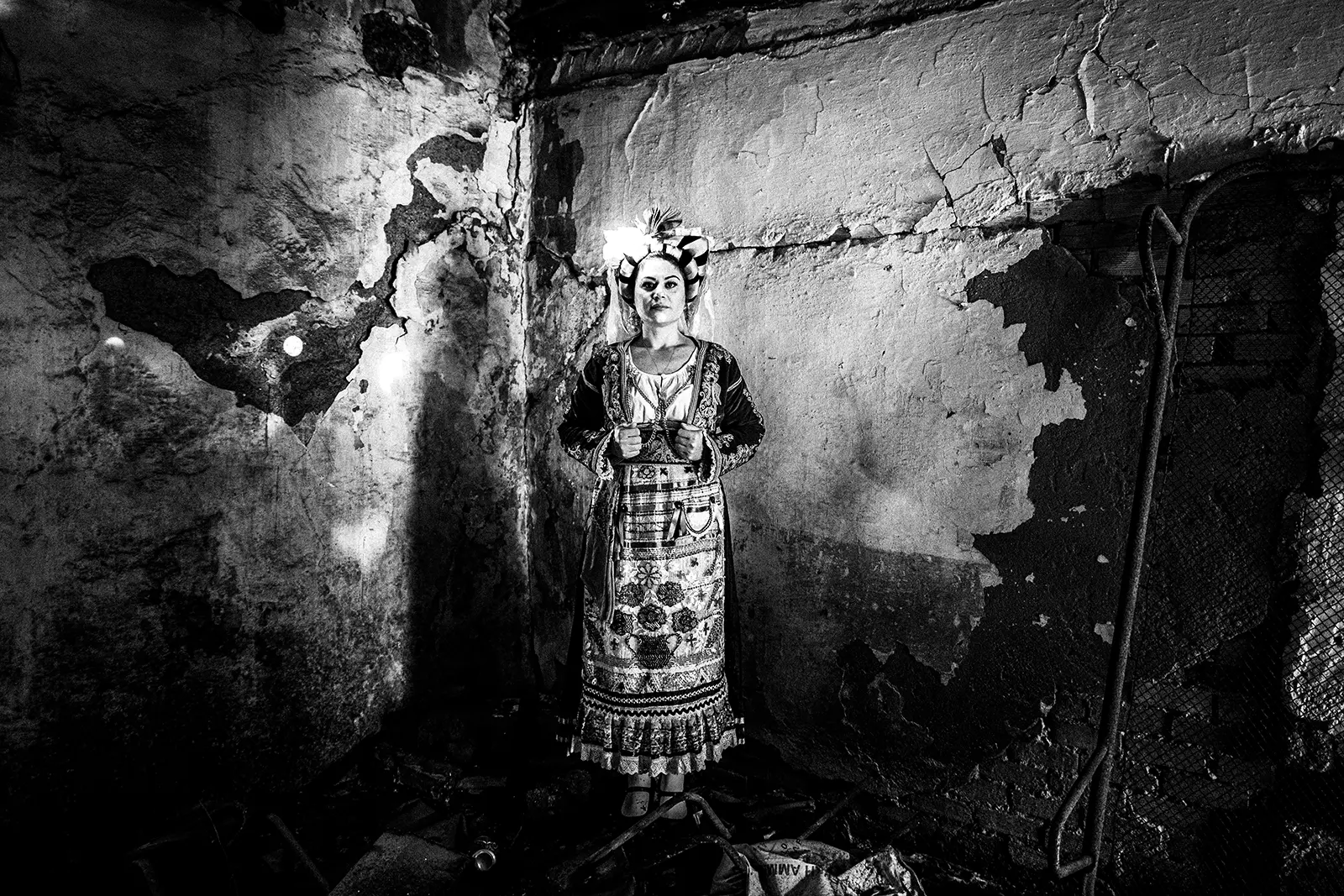

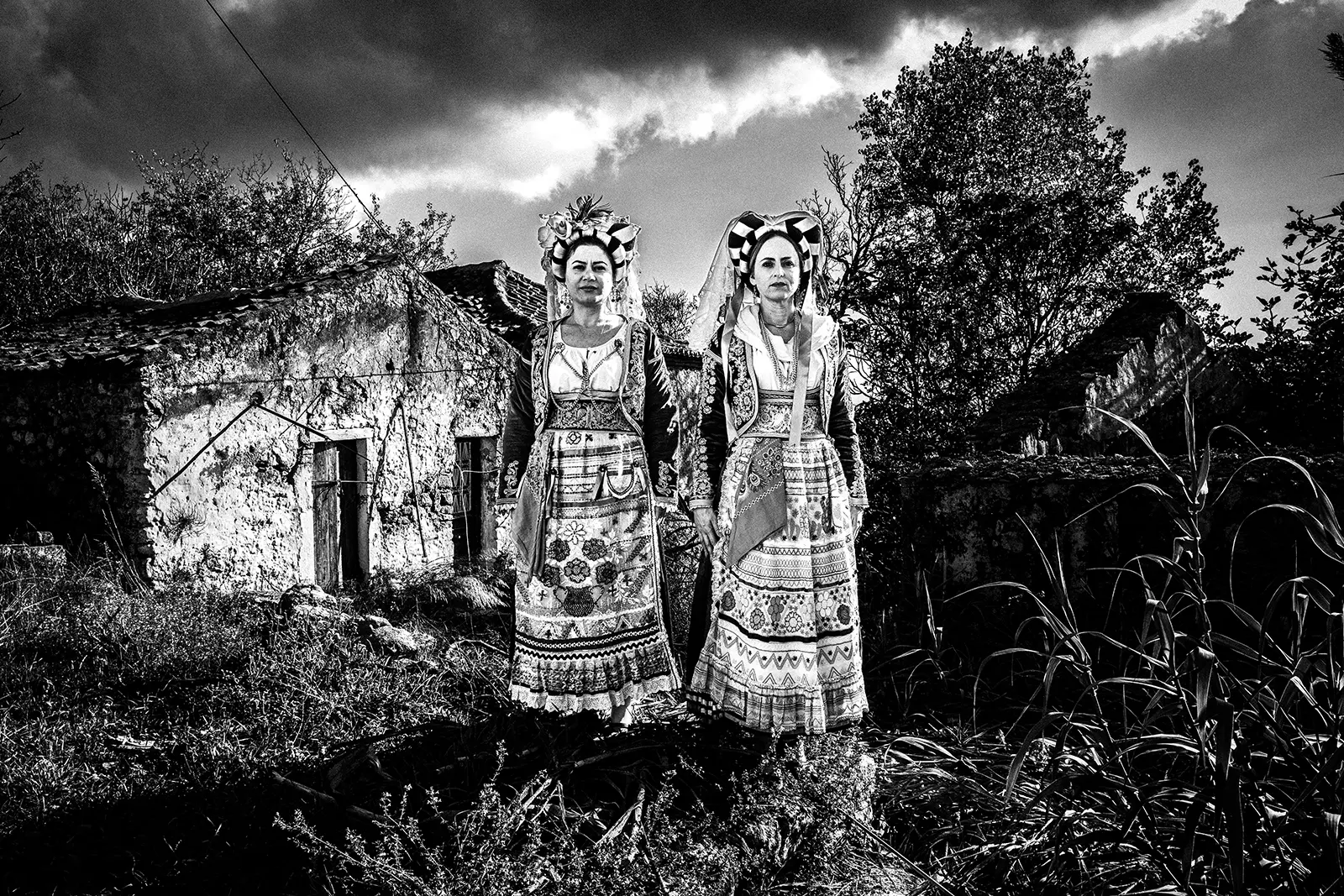


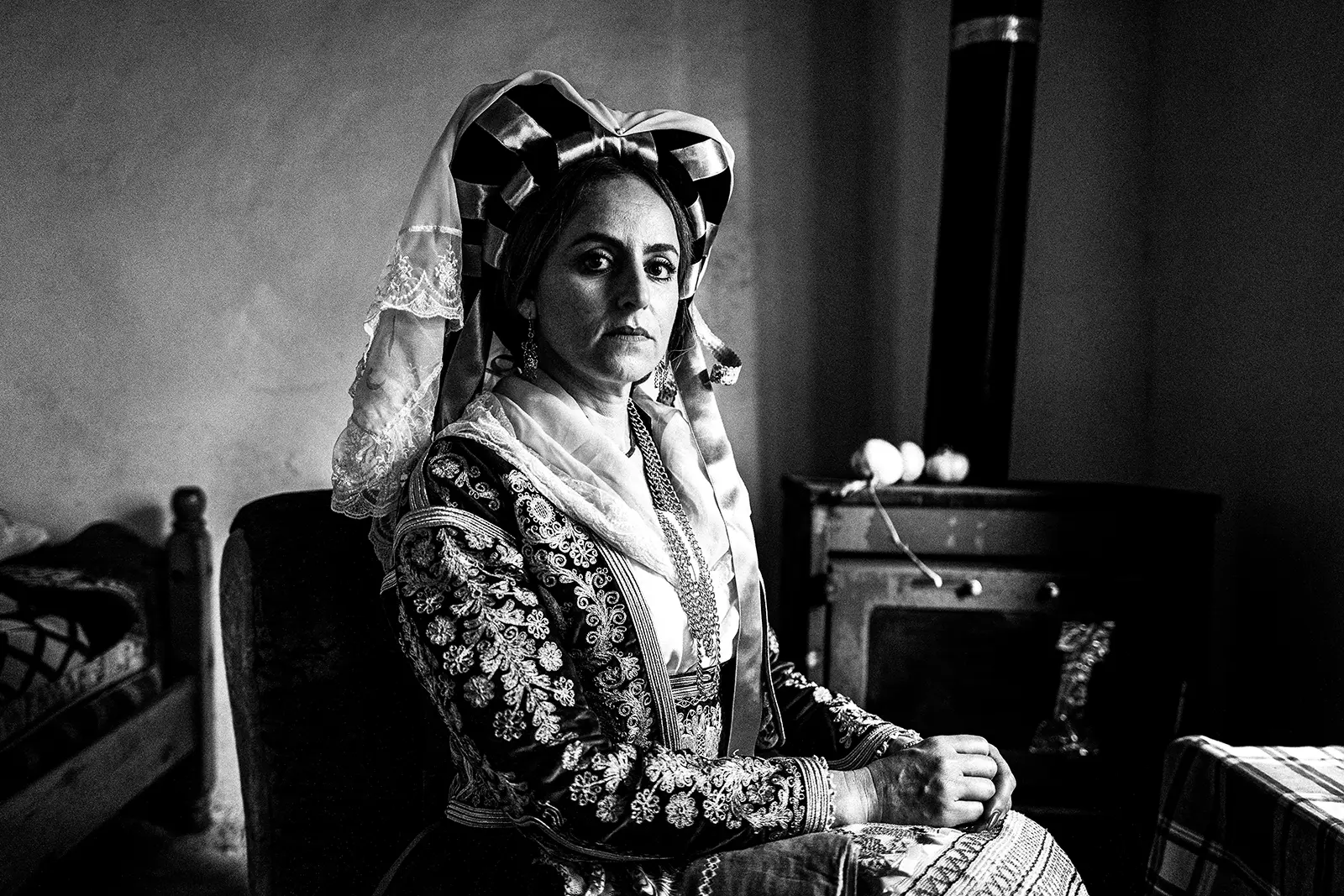
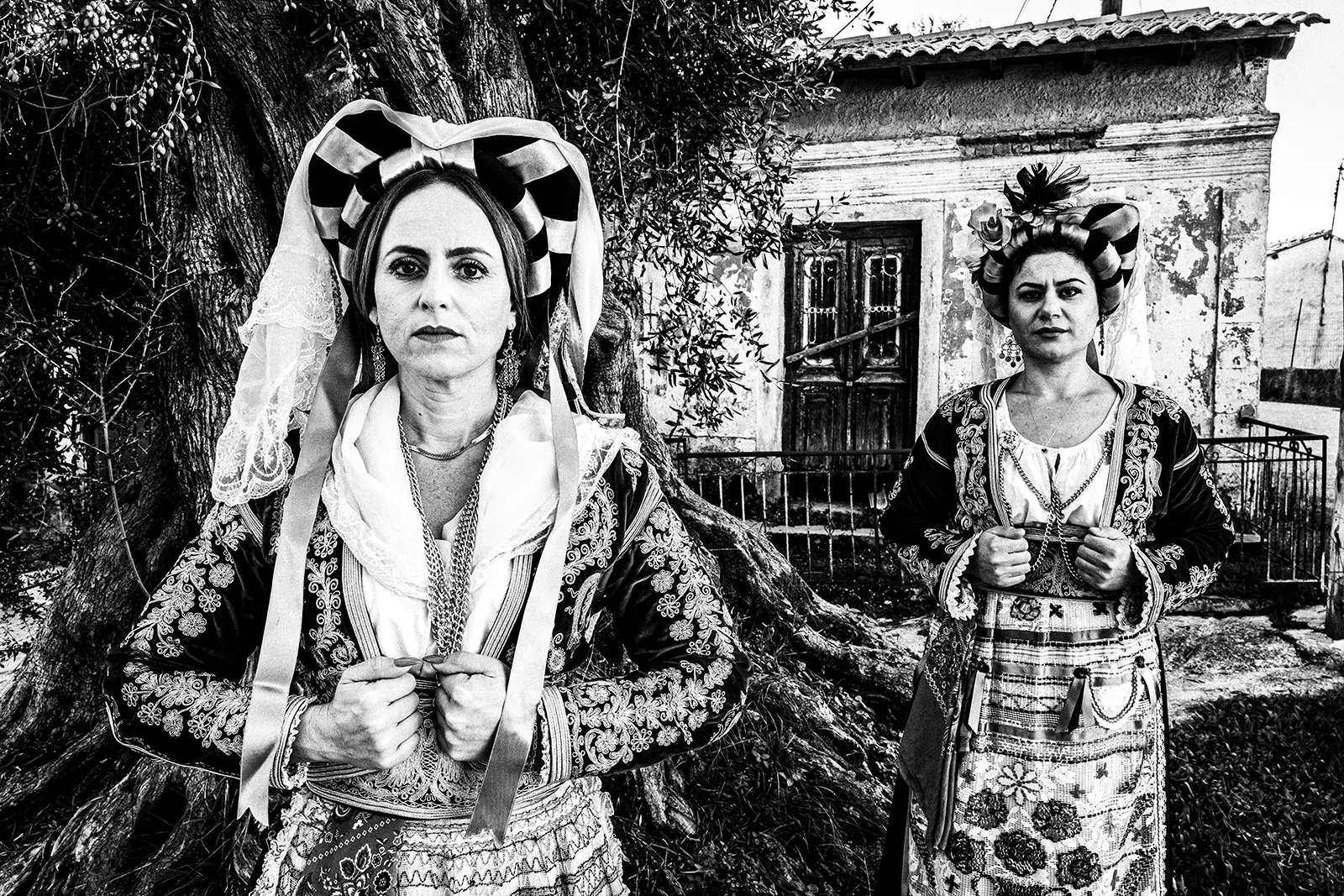












































Comments